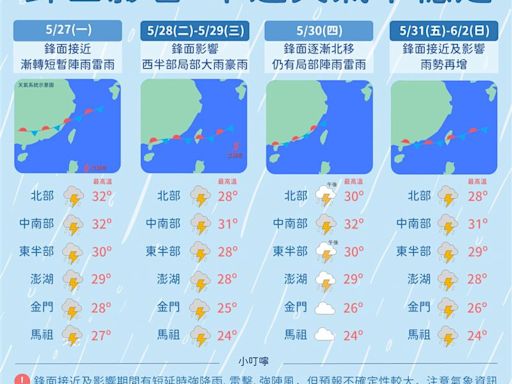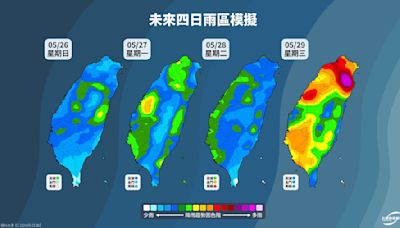搜尋結果
In recent decades, new high temperature records have substantially outpaced new low temperature records on a growing portion of Earth's surface. Comparison shows seasonal variability for record increases. This is a list of weather records, a list of the most extreme occurrences of weather phenomena for various categories. ...
The National Weather Service ( NWS) is an agency of the United States federal government that is tasked with providing weather forecasts, warnings of hazardous weather, and other weather-related products to organizations and the public for the purposes of protection, safety, and general information. It is a part of the National Oceanic and ...
The standard atmosphere (symbol: atm) is a unit of pressure defined as 101,325 Pa (1,013.25 hPa ), which is equivalent to 1,013.25 millibars, [1] 760 mm Hg, 29.9212 inches Hg, or 14.696 psi. [2] The atm unit is roughly equivalent to the mean sea-level atmospheric pressure on Earth; that is, the Earth's atmospheric pressure at sea level is ...
Timeline of the far future. Artist's concept of the Earth 5–7.5 billion years from now, when the Sun has become a red giant. While the future cannot be predicted with certainty, present understanding in various scientific fields allows for the prediction of some far-future events, if only in the broadest outline.
the free encyclopedia that anyone can edit. "The Day Before the Revolution" is a science fiction short story by American writer Ursula K. Le Guin (pictured). First published in Galaxy in August 1974, it was republished in Le Guin's The Wind's Twelve Quarters (1975). Set in her fictional Hainish universe, the story has strong connections to her ...
Earth's rotation. Earth's rotation or Earth's spin is the rotation of planet Earth around its own axis, as well as changes in the orientation of the rotation axis in space. Earth rotates eastward, in prograde motion. As viewed from the northern polar star Polaris, Earth turns counterclockwise . The North Pole, also known as the Geographic North ...
The summer solstice or estival solstice [i] occurs when one of Earth 's poles has its maximum tilt toward the Sun. It happens twice yearly, once in each hemisphere ( Northern and Southern ). For that hemisphere, the summer solstice is the day with the longest period of daylight and shortest night of the year, when the Sun is at its highest ...





